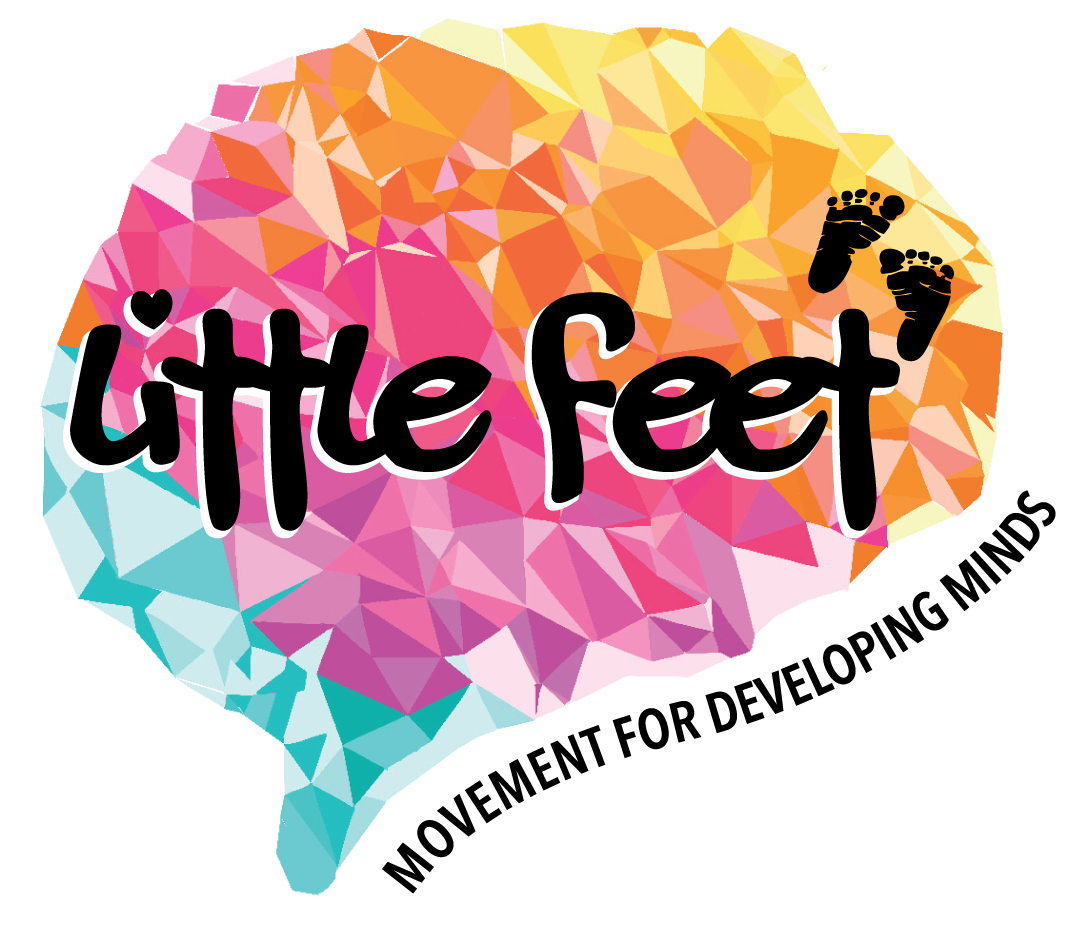Dance Concept: Size
Let’s have fun with SIZE - big, medium, and small! We can contract and expand our bodies, making different sized shapes and movements with our bodies. We can also take big, medium and small steps through space while stretching our vocabulary to describe our movement e.g. little steps, medium marching, large lunges and big wide turns.
The concept of contracting and expanding our bodies (which we call the core-distal pattern) is good for spine mobility and strengthens the core and back for postural control when we’re upright. And making big & small movements through space will help develop spatial awareness, which then supports the development of motor coordination & planning.
Playing with size also stimulates the calming & alerting part of our brain, the brain stem. The brain stem is home for the Pons - responsible for receiving incoming sensory motor stimulation and switching it to the cortex for processing. The Pons is stimulated during the core-distal pattern - essential for healthy sensory motor and survival (flight, fight) responses.
When we expand, it takes us out into the world, to reach and explore and be exposed to all sorts of sensory motor stimuli. When we contract, it brings us close to our core and recuperates our nervous system and gives us a chance to process all the sensory stimuli.
And that is the beginning of self-regulation! Self-regulation is about reducing the frequency and intensity of strong impulses by managing stress-load and recovery. Helping kids self-regulate means teaching them to recognize the things that upset them and giving them the opportunities and tools to cope with those stresses effectively.
Take a look at the difference between self-control and self-regulation by Dr. Stuart Shanker, Ph.D., a Professor Emeritus of philosophy and psychology at York University and author of Self-Reg. Very fascinating!
A very interesting point he mentioned in the book is that many young children today simply don't know what the sensation of "calm" feels like. Kids get stuck in what neuroscientists call a "higher set point" — think of a car with a higher idling speed — and seek out experiences to keep their engine racing. They become so accustomed to this state that they find slower-paced activities aversive. They push their nervous system to its limits, crash, then push to the limits again. Parents need to slow things down with them. Find shared calming activities — like going for a walk, listening to music, baking — where the reward is being in this state together. The big thing is, they need to feel what it's like to be calm.

